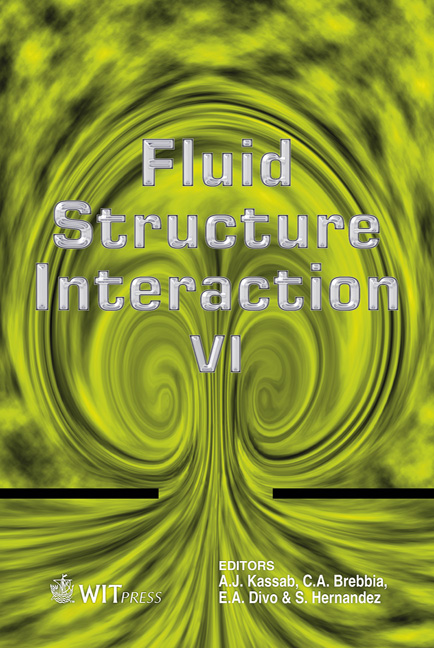Extreme Wave-structure Interaction And Directional Spreading Effects On The Air-gap Design Of An Offshore Platform
Price
Free (open access)
Transaction
Volume
115
Pages
11
Page Range
193 - 203
Published
2011
Size
485 kb
Paper DOI
10.2495/FSI110171
Copyright
WIT Press
Author(s)
M. Chen
Abstract
Accurate prediction on the behaviour of the largest waves in an ocean environment is vital to the safe design and performance of offshore platforms. This paper is concerned with the description of extreme waves, and includes both linear and nonlinear modelling of the largest water waves arising within directionally spread sea-state. The statistical description of the most probable temporal shape of the free surface in the vicinity of a large crest, for a given wave period and wave direction is found to correspond to the statistics of an extreme wave event. A variety of time-frequency analysis techniques is used to demonstrate that the free surface elevation time histories of focused wave groups are in close agreement with linear theory. A deterministic nonlinear correction is proposed for isolated extreme storm events. The NewWave formulation associated with this proposed nonlinear correction coefficient is employed to simulate the interactions between an extreme wave event and an idealized platform loading column. Statistics of the predicted maximum crest elevation are obtained using an exact linear interaction formulation of the scattering of water waves by a vertical circular cylinder in conjunction with a unidirectional Bretschneider spectrum. The results show that the second-order coefficient of the Stokes-type wave component is affected by directional spreading. Statistical analyses suggest that second-order wave theory describes the wave field very accurately even for extreme events. The present study provides a critical insight into the free surface elevation maxima of random seas containing waves of different frequencies and various energies, thus safeguarding the air-gap design of the offshore platform. Keywords: extreme wave, wave-structure interaction, air-gap design, nonlinear modelling, directional spreading.
Keywords
extreme wave, wave-structure interaction, air-gap design, nonlinear modelling, directional spreading





